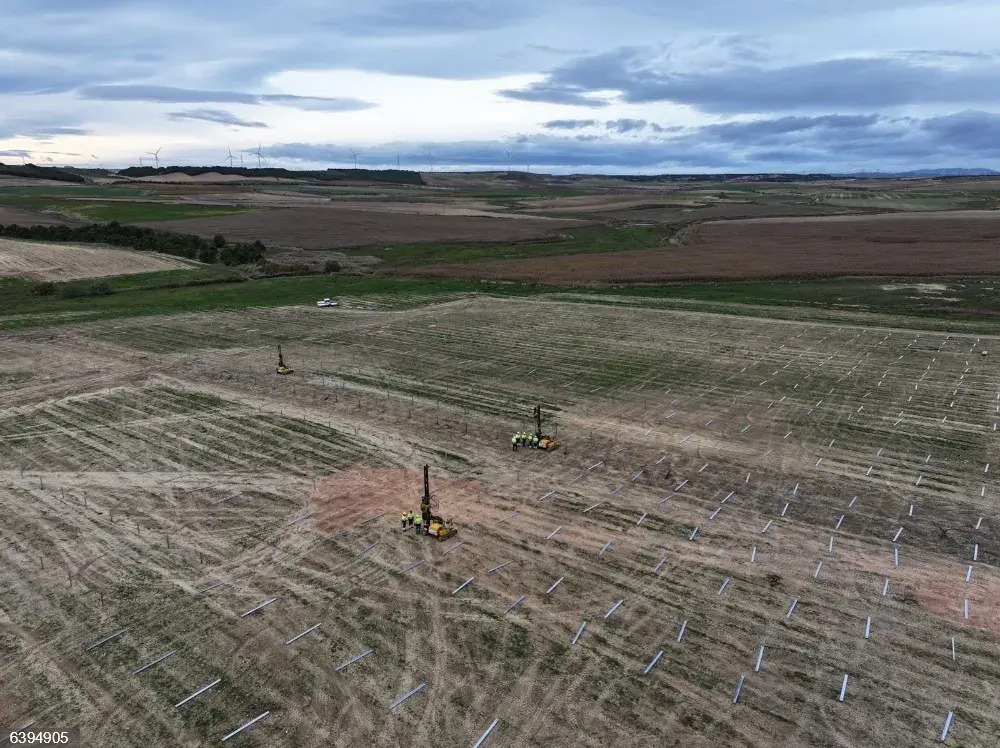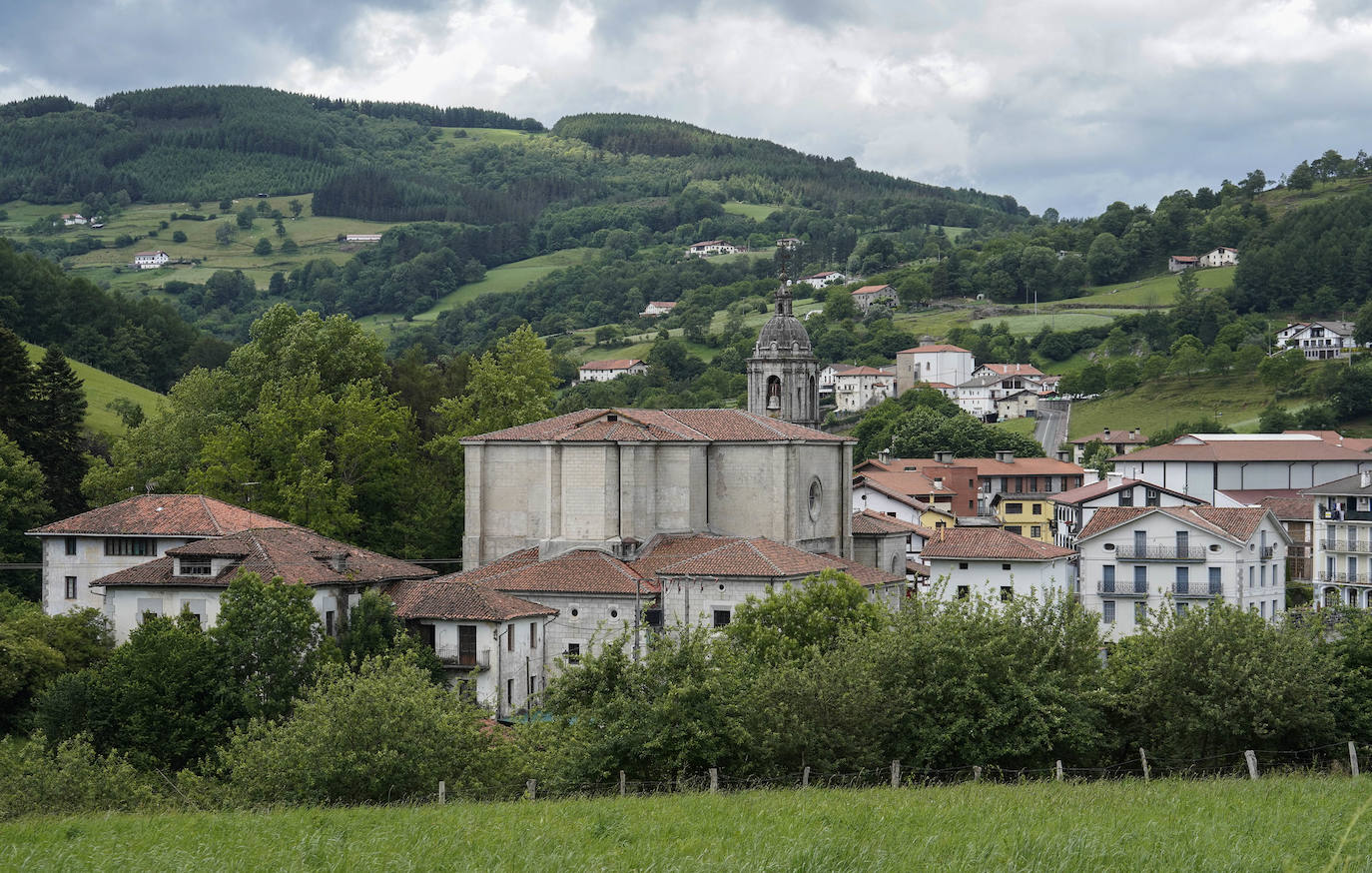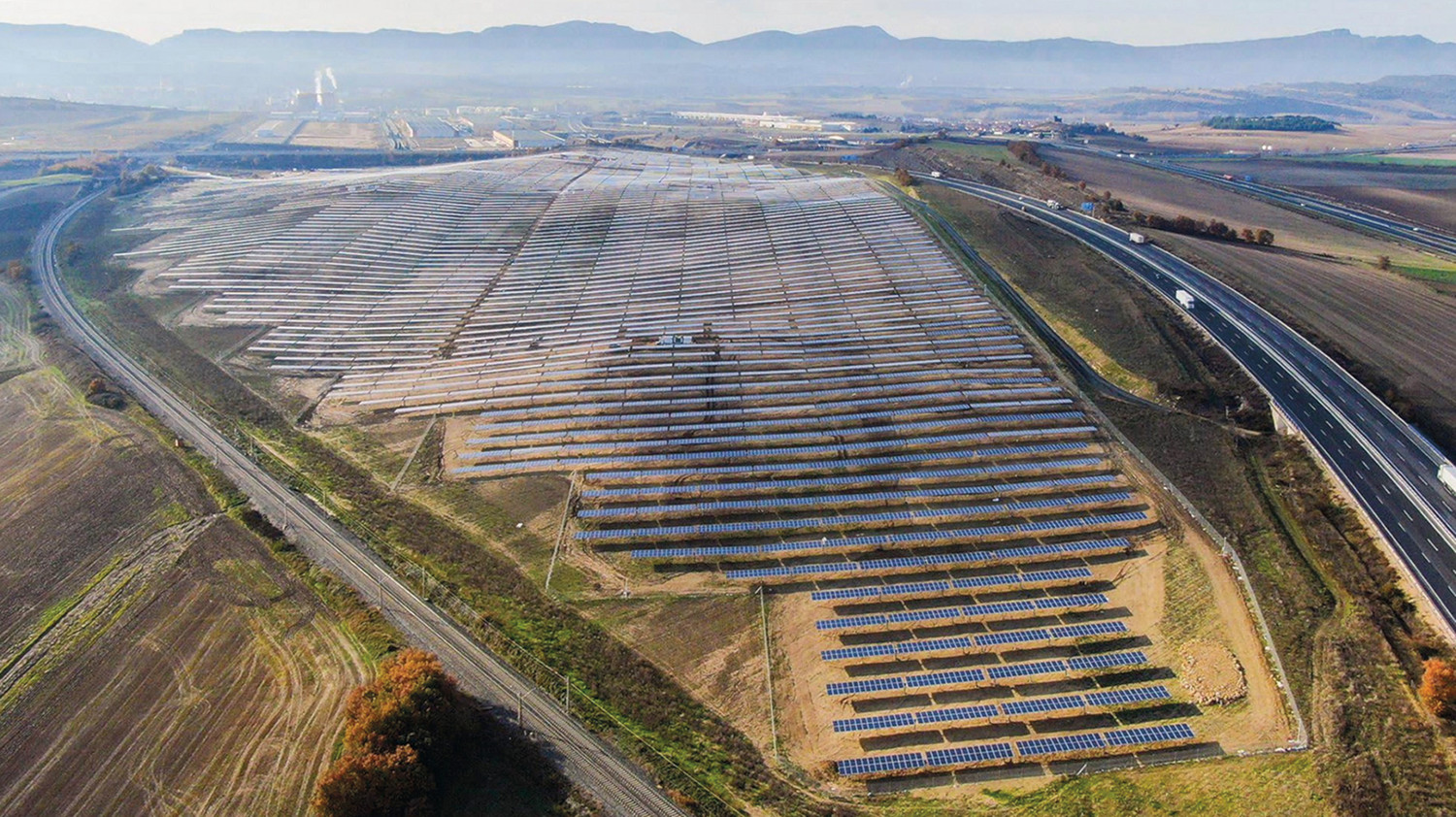New wind farm threat in the Sierra de Gorobel
- The Government of Castile and Leon provides for the construction of two wind farms in the Gorobel area. Is everything allowed in the name of the ecological transition? What is the price to pay?

On April 20, the Government of Castilla y León presented in the Official Gazette of the Autonomous Community a project for the construction of two wind farms in the Sierra de Gorobel. Both projects are now "in competition with companies", i.e. companies interested in installing wind turbines have a month to submit their projects. Once the draft has been submitted, the resolution is in the hands of the Government of Castilla y León.
What happens across the border, however, directly influences the natural environment of Aiaraldea. Pico del Fraile and Llorengoz are the names of the wind farms that Castilla y León has planned in the Gorobel area. The first, the Pico del Fraile, would have 10 wind turbines from the port of Angulo along the Sierra de Carbonilla, in the upper part of Artziniega.
In the wind farm Llorengoz, following the limit between Castilla y León and Álava, 11 wind turbines are planned in the vicinity of Tologorri, Mojon Alto and Kobata.
Castile and León competent
The Government of Castilla y León plans to place 21 wind turbines in the Sierra de Gorobel, a few meters from the
protected natural areas.
The alert has been activated by the Burgos Wind Table, which is still in force. The aim is to defend the natural spaces of northern Burgos and to alert them to the damage that wind farms may suffer. Founded in 2000, it was the first group of citizens to be invited to the Spanish Senate in 2002. Aiaraldea Hedabidea has contacted the members of the platform to learn about the details of the wind farms to be built in Gorobel. The members of the association express their concern that the future of both projects is in the hands of the Government of Castilla y León: “The Government of Castilla y León is a breeding ground for this type of destructive project, there are already many examples in our region.” In fact, wind farms, which have wind turbines of more than 50 megawatts, depend directly on the Ministry of Industry and Energy. On the contrary, the parks that are intended to be built in Gorobel will have less power wind turbines, so they must go through less stringent administrative bodies.
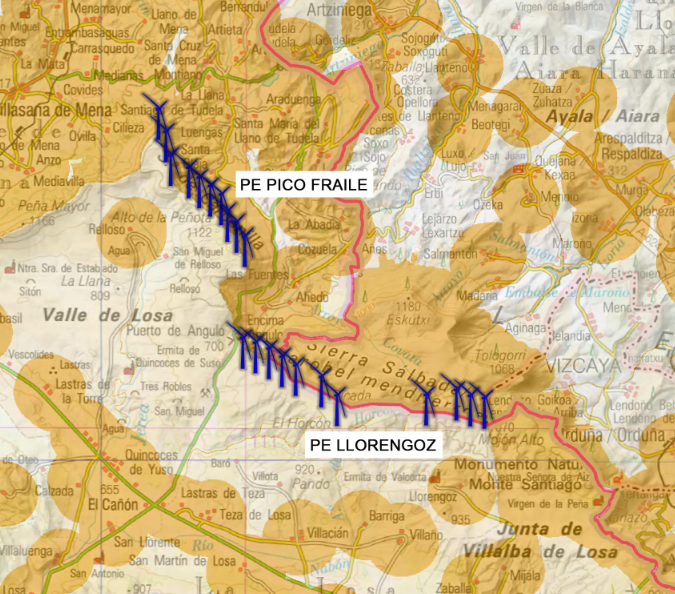
The Wind Table of Merindades has explained that “false environmental impact reports and lack of information” are the daily bread of these types of projects: “There is a lot of lack of transparency, municipalities and local authorities do not have enough information either. It is a tailor-made regulation for entrepreneurs, whose sole objective is economic benefit through the destruction of the natural environment.”
The neighbors of the Merindades have denounced that wind farms are built at the expense of the citizens and without any participation process. Public institutions, as they have pointed out, do not comply with the Aarhus Convention (1998), which states that citizens have the right to participate in environmental decisions.
Environmental impact
These wind turbines are almost 100 metres high and will be installed in the wind farms of Gorobel. Beyond landscape damage, wind farms and their construction works, giant runways for the transport of wind turbines, high-voltage lines, etc. “When we see simulation pictures of wind farms we do not see the roads, we do not see the quarries to be built, nor the heavy traffic that will have to pass through Gorobel,” the members of the Wind Table suggested, “the destruction is so wild that we cannot imagine everything we will lose forever.”
Biodiversity at stake
Beyond merinity, messages against the project have also begun to be disseminated in this part of the border. Juan Manuel Pérez de Ana is a biologist who works as forest keeper of the Provincial Council of Bizkaia. He knows very well the surroundings of the Sierra de Gorobel, where he has spent several years researching the native fauna. Remember that the Sierra de Gorobel is declared a Special Bird Protection Area (ZEPA): “There are nests of many lion vultures, white vultures and hawks.”
In the projects presented there is no aerogenerator projected within a protected natural space, but less than a meter from those areas, “Entrepreneurs and politicians will think that there is a rigid boundary, a wall, between protected and unprotected areas, but there is no such limit in nature. The wind farm is going to cause tremendous damage to native species.”
Legal protection
Several associations working on wind farms launch a crowdfunding campaign to create the legal defense fund of the Cantabrian Cordillera
Allegations will be submitted to the Gorobel projects in the near future. From the Wind Table of Merinties they have explained that this is one of the few ways they have to fight these projects: “It should be the public institutions that present these allegations, but given that they go through the subject, citizenship should go ahead.”
This is an important piece of work, as each project has to submit its claims on an individual basis, and the deadlines are usually very limited, especially due to the lack of information. To all this, the economic cost of the legal process must be added.
For this reason, several associations working on the subject of wind turbines have launched a crowdfunding campaign to create the legal defense fund of the Cantabrian Mountains.
Jesuri and Ganekogorta
It is not the first time that a wind farm has been threatened in the region, but it is the first time. The Basque Government authorised the construction of wind farms in the Jesuri and Ganekogorta mountains in 2010.
A group of citizens then created the platform “Jesus and Ganekogorta Bizirik!” and made several initiatives to denounce the damage that would occur in the projects. The project closest to the execution was Jesuri's. The company Guascor S.A. planned to install 8 wind turbines for electricity generation.
The municipalities of Aiaraldea also unanimously rejected the projects, and the motions against them were approved thanks to the support of all the municipal political groups. Today, projects are paralysed.
"(The purpose of the Oion Plenary) is clear, to legitimize by law the energy megaprojects with significant irregularities in the processing"
Last Wednesday we had a hard and unpleasant day, not only for Labraza, but also for all the towns where we are threatened by a wind,... [+]









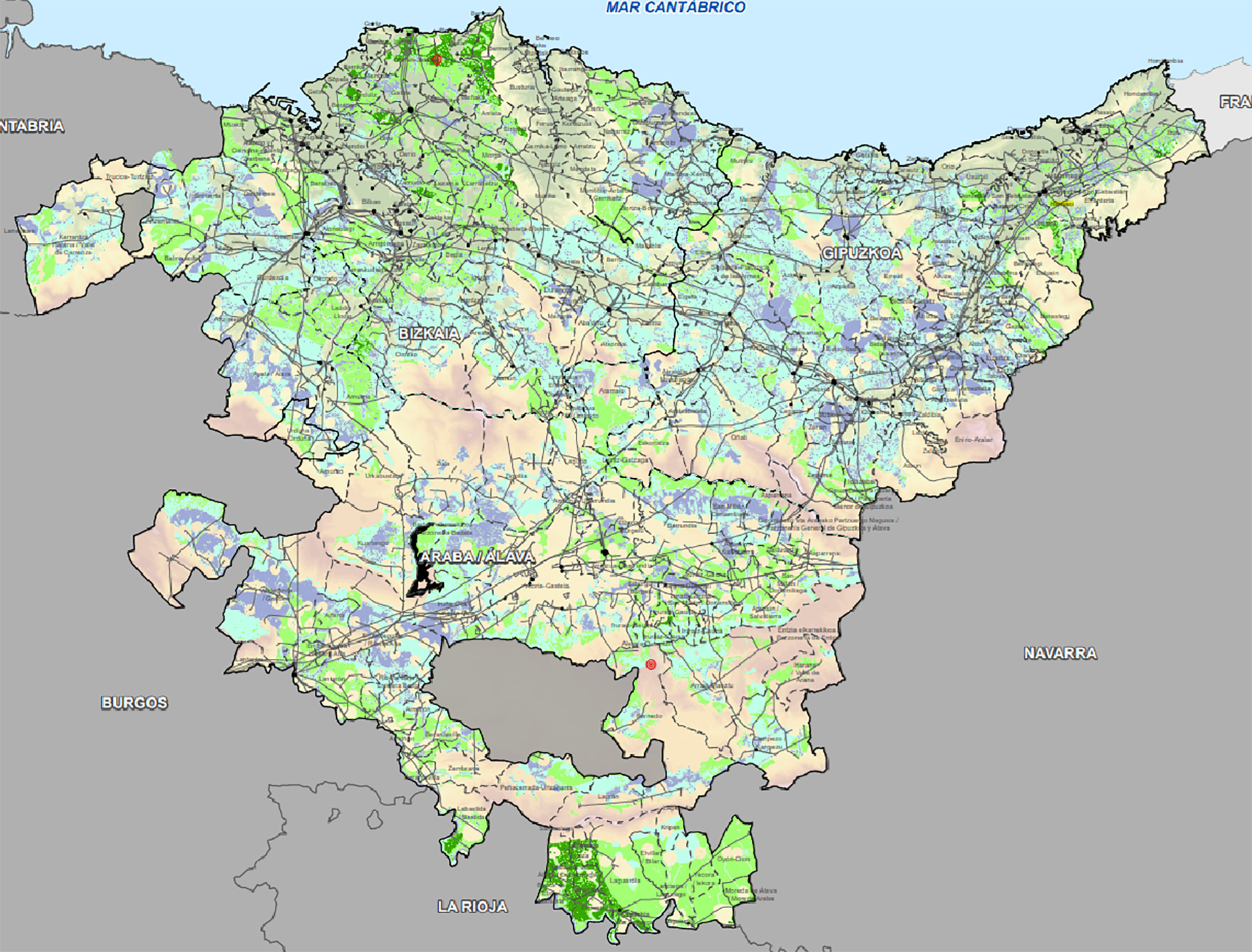
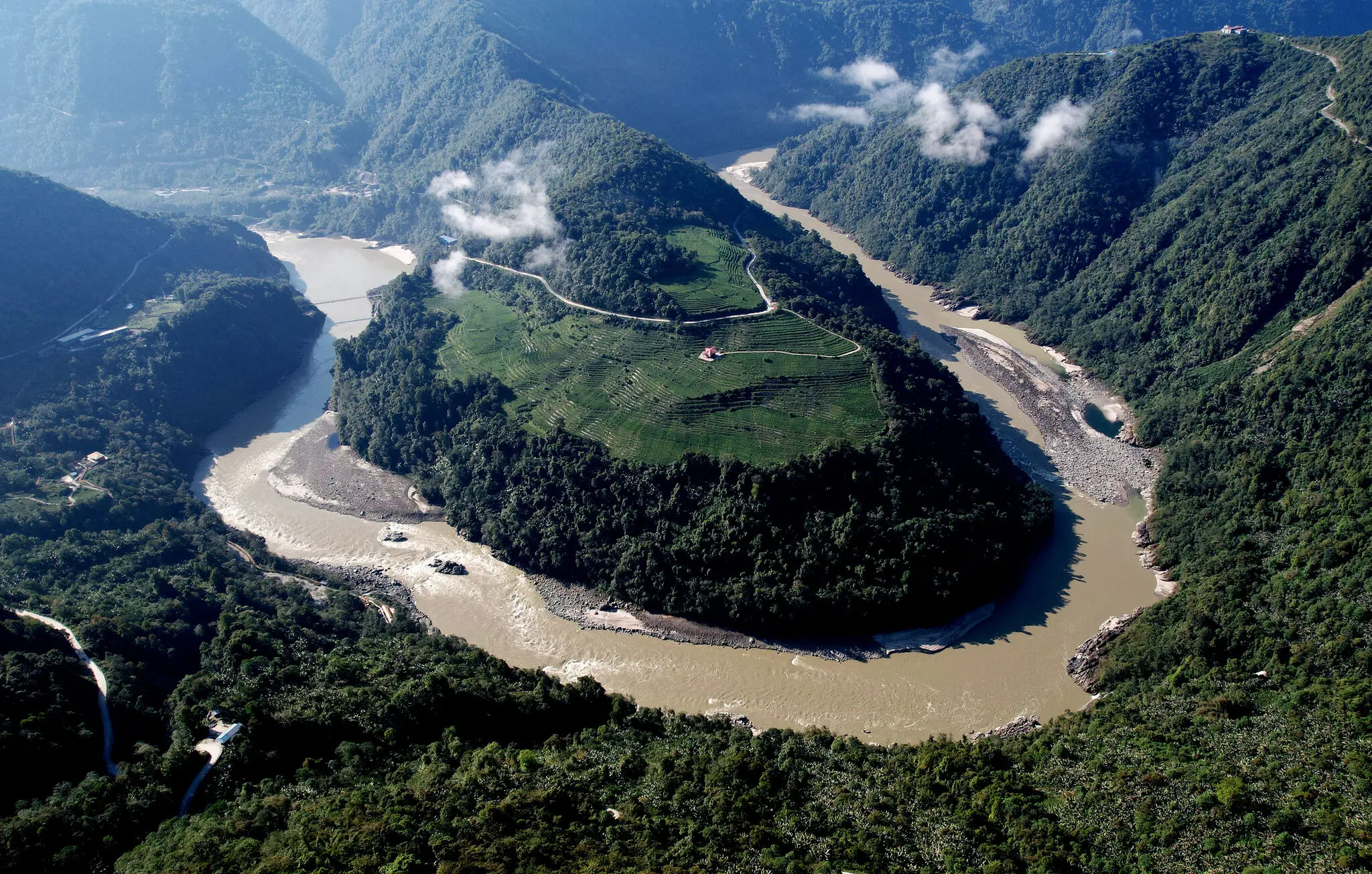


.png)


